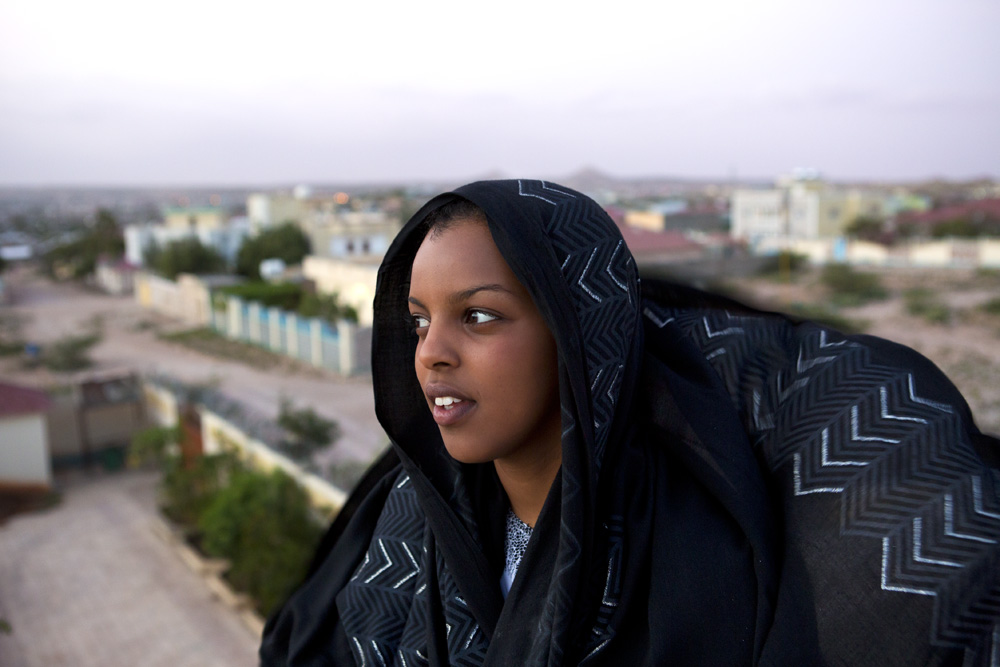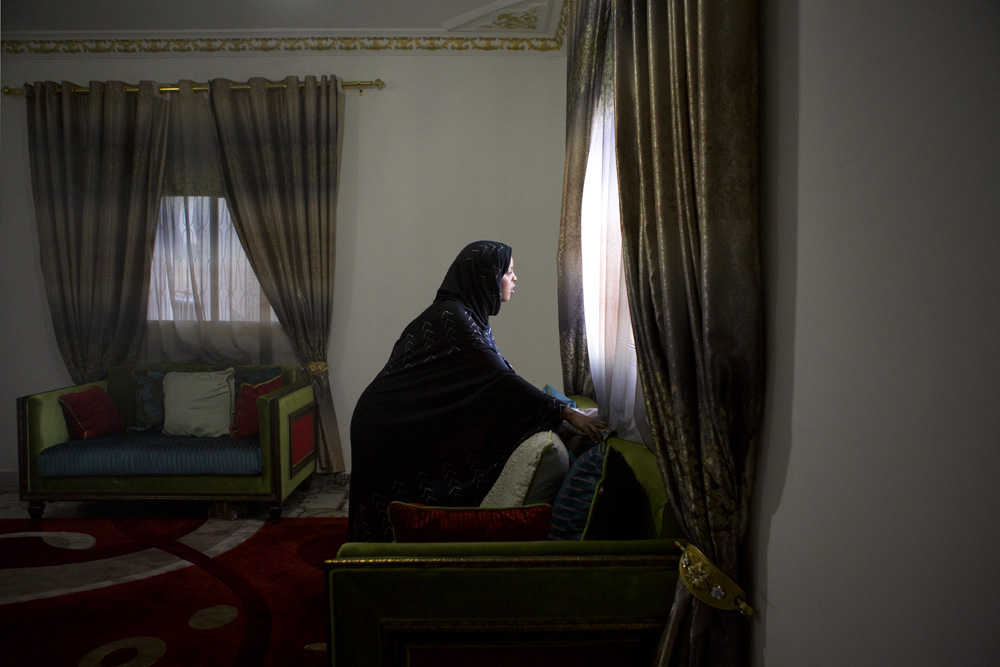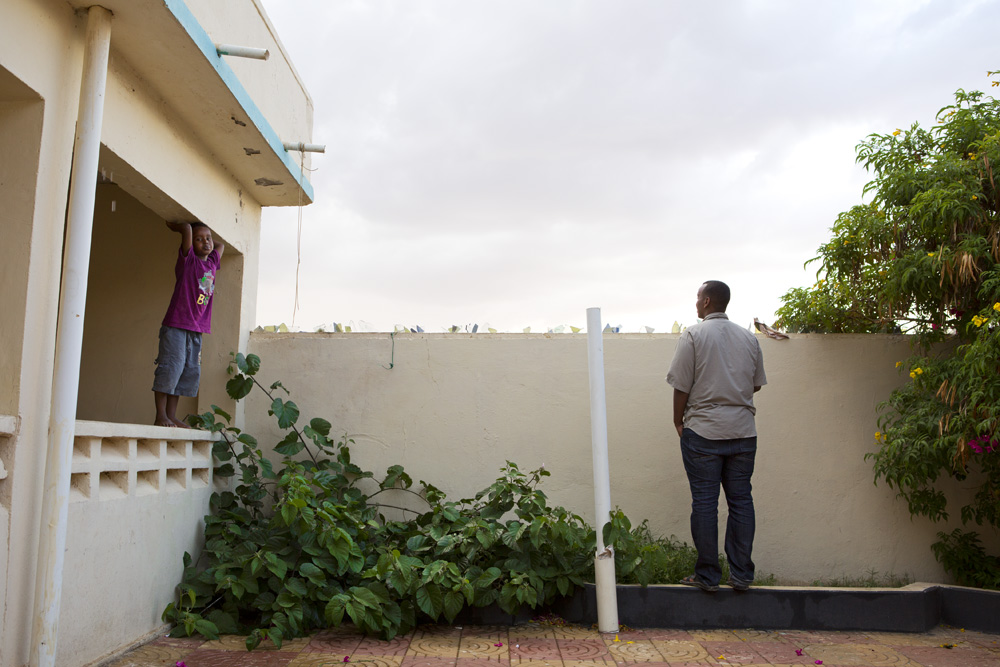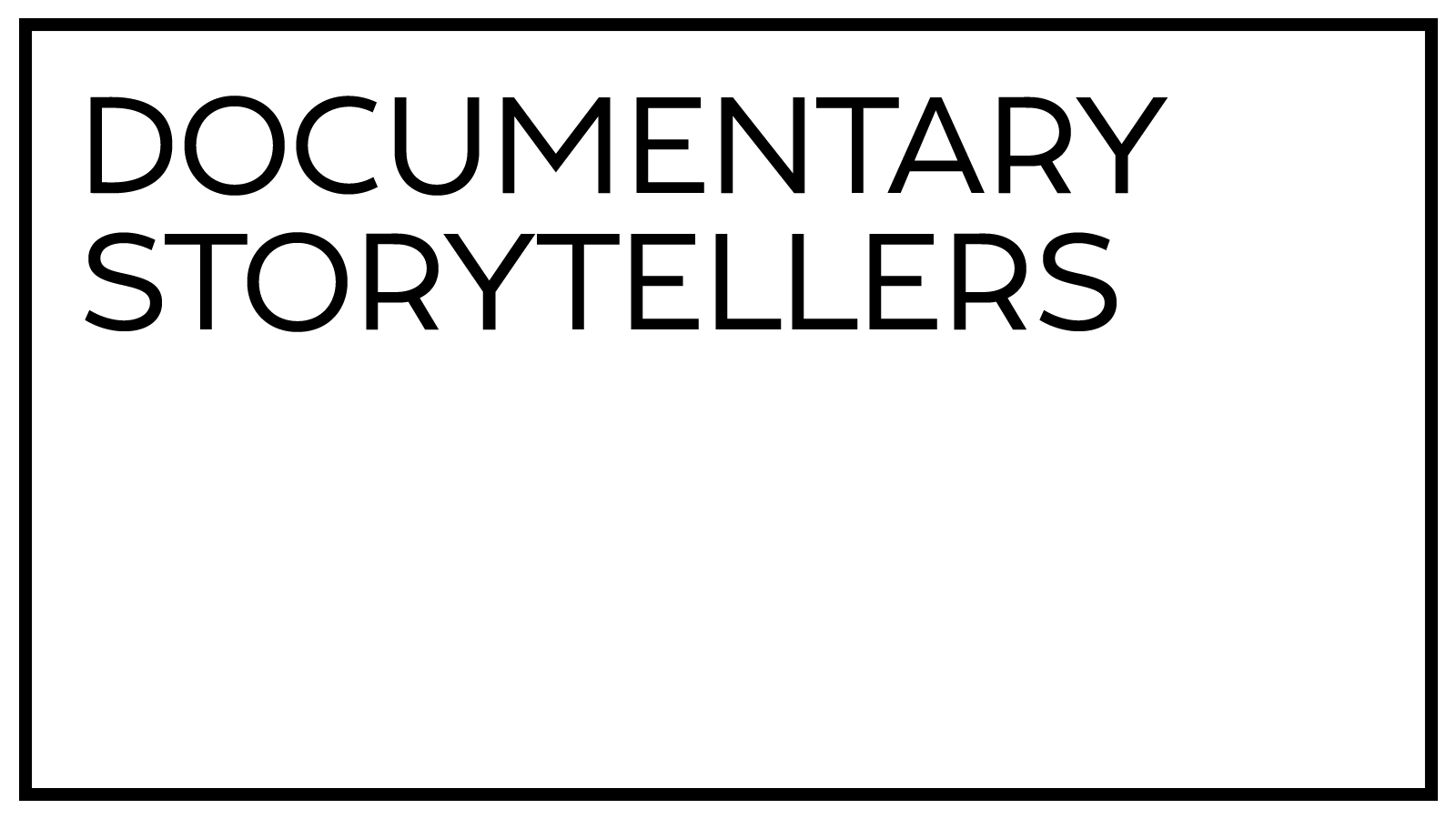
29 Dec Kate Stanworth and Somaliland Summer
[vc_row css_animation=”” row_type=”row” use_row_as_full_screen_section=”no” type=”grid” angled_section=”no” text_align=”left” background_image_as_pattern=”without_pattern” z_index=””][vc_column width=”1/6″][/vc_column][vc_column width=”2/3″][vc_column_text]
Chris King – If you could introduce yourself, and the project you’re currently working on…
Kate Stanworth – I’m Kate Stanworth – I’m a London-based portrait and documentary photographer, and this summer I’ve been working on a new project which is a work in progress, called ‘Somaliland Summer’.
I went out to Somaliland where I was working for the Hargeysa International Book Fair, and I stayed on for a couple of weeks extra with the idea of photographing British Somalilanders as they visited the region – to see relatives and spend a summer in Hargeysa.
Last year I was looking for a more self-initiated project, and I noticed that the population of the capital city almost doubled during the summer from all the diaspora visiting from across the world. So I thought ‘OK, this is my project’, and the following year – this year – with the help of a friend, I went back and started.
Chris King – What drew you into documentary photography?
Kate Stanworth – I originally studied fine art, so I was making installations, and was a painter before that. But in some ways being an artist is quite isolating, and I thought that photography was a way to still be working with those same elements – the colour, the composition, the expression of ideas, but then at the same time it allowed me to connect with people – people that I wouldn’t normally meet, and to travel, and to find stories. Whereas my art practice before that was a little more introspective perhaps.
I got a job as a picture editor initially for an NGO, and that allowed me to travel a little bit and see how photographers worked, and then I wanted to get more into photography myself, and so that’s the direction I took.
CK – How did your Somaliland project come about?
KS – In 2012 I managed to get connected with a group who were going out to form the international election observation for the Somaliland elections.
Somaliland declared independence from Somalia in 1991 after a civil war, and it’s never been recognised by any other country, but they’ve established a government and a representative democracy there, and relative peace in what is quite an unstable region.
A friend of mine had already gone to be an observer for the elections in 2010, and told me all about it and I was really fascinated. And then in 2012 for the local elections they needed a photographer, so I wrote a proposal saying why I wanted to do it, and how I had all these ideas for doing an exhibition afterwards, and this kind of stuff. And in the end they picked me.
It was an NGO called Progressio that paid for me to go – they were part of the co-ordination team of the observation. That was a real eye-opener – it was the first time I had been to Africa actually.
So I learnt a lot about Somaliland and started making some contacts – one of them being Ayan, who is now a good friend. She runs this brilliant Somali arts organisation called Kayd, and they do the Somali Week Festival in London and also the Hargeysa Internation Book Fair in Somaliland – which is this amazing literature and arts festival. I convinced her that they should do a photography element of the festival, so I got involved in that.
Basically I’ve been going every year since 2012 – building up all these contacts. That’s how I managed to get the ideas and the contacts to start this Somaliland Summer project, and I hope to go back next year – if I get the funding and everything is arranged, and finish it.

CK – How easy was it to get access to the people and places you visited for the Somaliland Summer project?
KS – Getting access is easier when you know people. A driver was arranged for me by the people I had been working with on the book fair. I had people helping me because I was already part of something out there. That makes everything easier really – I knew people who were based there.
In terms of making contact with people to be involved in the project, I have a friend, Farah, who I met here in London, who has been great in supporting the project and helping me to find participants.
I also sometimes voluntarily take pictures at Somali events – I went to the Somaliland Independence Day events in London, where I met Mohamed, who is another one of my participants in the Somaliland Summer project. Then another I met out there – Nadra, through an anthropologist friend who was working in Somaliland. I think it’s really a case of using your connections – that’s what I aim to do for next year as well.
In the past I’ve travelled around. If you’re working with an NGO then you get really easy access – you’ve already got the path laid out for you, but if you’re doing something by yourself, it’s perhaps a bit harder.
But I was based on Hargeysa and I didn’t go anywhere else this year, so we just went to people’s houses and hung out in the markets, so it wasn’t hard to access those places.
CK – So it’s something you worked on – you built up the contacts, you made strategic decisions to try and get access to people, and then nurtured those relationships?
KS – Absolutely, yeah – and I think that kind of lead up was really essential in coming up with the project idea in the first place – thinking ‘Is this a significant thing?’. Because when I first went out there, I was struck by the colour and how everything was really different to Britain in a sense – like you’re in the middle of this dusty desert, and there are goats wandering round in the street. Everything seems so different that a hundred ideas come to you. You’re bombarded with them because everything’s new, but I thought I would just spend a little bit of time getting under the surface and see what people wanted to talk about, and I think it was really that British connection that came home to me when I was there during the summer. I would walk along the street and someone would come up to me and start talking in a Welsh accent about their experience going back for the summer, and how 10 years ago, when they were last here, there was nothing but bombed-out buildings and now there are big shopping malls.
The fact that they told me these quite emotional stories was in part because I’m British, so we had that shared background that we live in the same country.
I want my project to be seen by a British audience that doesn’t necessarily know anything about Somaliland, or know that there’s a strong Somalilander community here in Britain. We can start with this common ground that we live in the same place, and then move on to talk about their experiences.
CK – Do you think in Hargeysa, and Somaliland in general, that this evolution from a bombed-out shell of a state, to a place that has shopping malls and has been regenerated – do you think that’s driven by the diaspora – the British and Western residents who go over there and invest in it.
KS – Well you can’t dispute there’s a lot of investment by the diaspora but I think perhaps the most significant rebuilding was probably largely done by the people who were there already. So yeah, I think the diaspora contribution is big, but I don’t think you should underestimate what the people who have been there all along have done, because they were the ones who were camping in their own houses just after the war – when there was absolutely nothing. Their resilience is something really amazing and deserves respect. Although the diaspora do get a lot of credit for contributing – they’ve been amazing as well.
CK – What about the economy as a whole – without that income during the summer months, would the state survive without that? Is there a reliance now on that income generated by the presence of the diaspora during the summer months?
KS – I’m not sure how much their presence during the summer makes that big a financial contribution – the money people send home throughout the year is likely more important.
Barclays were going to pull out their support for the money transfer companies to Somalia and Somaliland. So there’s been a big campaign to rectify that because a lot of Somali families rely on family sending money home from outside. That’s much bigger than aid contributions and I think that’s more important than the money people spend during their summer visits. However you do see more and more new cafes and restaurants opening in Hargeysa that are aimed directly at the diaspora market.

CK – Your presence during the summer months wouldn’t have caused the same reaction due to there being such a significant British population there at that time, but the non-Brits – the families of those whom you were visiting, how did they react to your presence – exploring your story, going into their houses and putting your camera ‘in their face’?
KS – I think there’s a certain shyness among the population when it comes to being photographed, so a lot of the family members didn’t want me to photograph them, which is fair enough.
Just walking down the street you have to be very careful – if you’re shoving your camera in people’s faces they want to know what you’re doing – if you’re going to exploit their image, and a lot of people don’t want to be photographed.
But on other occasions I’ve stood there with my camera and people have asked me to take photos, so I think it might be a little bit of a power thing as well – they want a bit more control of their image, which is understandable really!
There is a difference with the diaspora – it’s maybe a bit easier to photograph them because they’re probably more used to being photographed, although everyone’s really into their phones in Somaliland, so they do take a lot of pictures and a lot of people have cameras too.
Once people get to know me and know what I’m about, and they know other Somalilanders like and support my work, or they know my work already, then people will tend to relax around me because they know I’m not going to exploit them.
CK – And what lessons have you learnt about carrying out a documentary project in a foreign country?
KS – I think you really have to listen. It’s quite difficult in some ways because I think ‘What do I know about this?’ – many layers are revealed to me all the time about Somali culture and society, and I’m never going to have an understanding of them in the same way someone who lives or originates from there does.
So I think really listening to people – trying to get involved in the community. I’ve joined a group called Somaliland Focus – we try and keep track of what’s going on in the country. I go to talks all the time, and as I said I’m involved in the Somali Week Festival and the Hargeysa International Book Fair. While I’m photographing the book fair I get to listen to talks given by the best Somali writers, poets and historians.
So I’ve really tried to embed myself in this.
I’m also doing another project in Argentina about carnival dancers. For that one I have written articles as well. I think that’s a really good way to ground yourself in the historical context of your project. So I wrote quite an in-depth article for that one about this particular type of dance. That made me do more rigorous research, and really sort of ground myself.
You can’t really just go in and think you know what’s important there. You can also end up exoticising the place.
I’m really trying to understand people as much as I can – that’s why I interview them and spend some time with them.
CK – What advice would you give others who might want to go to Somaliland to document a story?
KS – I’d say go – despite what it says on the Foreign Office website, and as far as I’ve experienced, it does seem like quite a peaceful place. But I’d try and find your contacts who are going to connect you, because it can be quite a frustrating place to work if you don’t have that. But then again you’ll find a person who will just make something happen – it’ll be really frustrating for ages, and you think things aren’t going to happen, and then everything comes together in a short amount of time.
I think there are a lot of stories to explore there, and people are supportive if you have the right approach.

CK – The results of your work and the workshops you’ve led was exhibited in Oxford House in Bethnal Green in November 2014 – how did that come about?
KS – The exhibition was put on to coincide with the Somali Week Festival, which is part of Black History Month, and it was the organisers of the festival – Ayan and Jama who invited me to do the exhibition.
It’s been a great place to show the work because you’ve already got a captive audience – people who are coming to the events go past. One of the things I wanted for the project was to start a conversation, and that’s really been happening with this event. I’ve also done a talk on my project – Somaliland Summer, as part of the festival, and through that a lot of people have come and talked to me about their experiences, and I really feel like we’ve started a conversation here.
That’s one of the things that I think is important for documentary photography to do, really – start a conversation, allow a sharing of experiences. Also they’re the ones who should be guiding me in the themes that are important for me to look at.
To give some background about the workshops – when I worked on the Hargeysa book fair, which has been for the past two summers now, I’ve been doing photo workshops because I realised that there were no formal photography courses in Somaliland, so you get these young, enthusiastic, talented photographers but they’ve got no guidance really. So I ran some classes.
I didn’t really know what to expect the first time, but a lot of people came from lots of different sectors – journalists, NGO workers, artists and others, and they all want different things. Originally I went in with all these ideas about them telling a story about Somaliland and their lives through photography, but then I realised I had to react to what they wanted – not impose some sort of idea of what I could see happening. They basically wanted me to share skills with them so I did an overview of different types of photography and tried to cover all bases really, because they’re from all walks of life and they’re going to use photography in lots of different ways.
Two of the trainees from last year have started actually doing paid photography jobs. And often those jobs will be weddings and the likes. So that’s not necessarily what I do, but I had to be flexible and tell them how to make the best of their skills in all these situations.
I’m really pleased to see that some of them have really improved and part of the exhibition, as you said, included printing out some of their best work.
I sent them pictures of their work hanging up in London and they’re really proud, and I’m really proud of them as well.
Hopefully this is part of an on-going thing – I’d really like to stay in touch with them and the ones who are really serious about photography, and I’ll keep on giving them advice when I can.

CK – You’ve made the decision to actually put an incomplete body of work out there in the public domain – is that purely so as the project is guided by them, or are there other reasons, as a lot of people won’t show any work until they have a complete body of work?
KS – I wanted to publicise it – particularly among the Somali community at this stage, because they are the ones who are going to help me next year to complete the project, and I want to get them on board, and to ensure there is an understanding of what I’m doing and trust.
And as I said, to get guidance from them – what their experiences have been, and what type of thing I should be looking at next time I go back.
The whole project is unfinished – I’ve covered two people, and I’m happy to show those photographs, but I just want more.
So it felt like a good idea.
There have been other projects where even before taking a photograph people have relied on publicity for their project – like The Sochi Project where they told people what they were doing and then got the funding through that exposure.
Also, I need funding to hopefully spend a whole summer next year in Hargeysa, so I think having a taster of the work should help people picture what I’m trying to do.
CK – In terms of the exhibition, what has the experience been like and what lessons have you learnt in putting the exhibition together and compiling the work to be exhibited?
KS – There are lots of lessons to be learnt. I think it’s a really good thing to do – to print your work, because then you can properly evaluate it, and then it informs your approach next time you’re taking photographs.
I think when you’re doing your edit, you should always have your trusted friends to show your ideas and your edit to – always show your work someone else and get someone else’s opinion – I think that’s really important.
What I also did was go and look at other shows and see how they were exhibited. I wasn’t able to mount the images this time, so I had to find a way of putting them up and what was best for that.
I went to Brighton Photo Biennial and that gave me loads of ideas. So just go to as many exhibitions as possible and ask for your trusted friends’ opinions.
CK – Are there any Somaliland-based documentary photographers that you’re aware of?
KS – Some of my students have been doing quite interesting work – I don’t know if you could call them documentary photographers as such.
There’s a brilliant US-based Somali photographer called Abdi Roble who did a project on Somali refugees and diaspora across the world, called the Somali Documentary Project. It’s not specific to Somaliland but looks at the Somali diaspora in general.
CK – And where can people connect with you?
KS – You can see my work on my website – www.katestanworth.com
Or my Facebook page which is Kate Stanworth Photography.
Through those places you can get in touch with me and see more of my work.[/vc_column_text][/vc_column][vc_column width=”1/6″][/vc_column][/vc_row]


